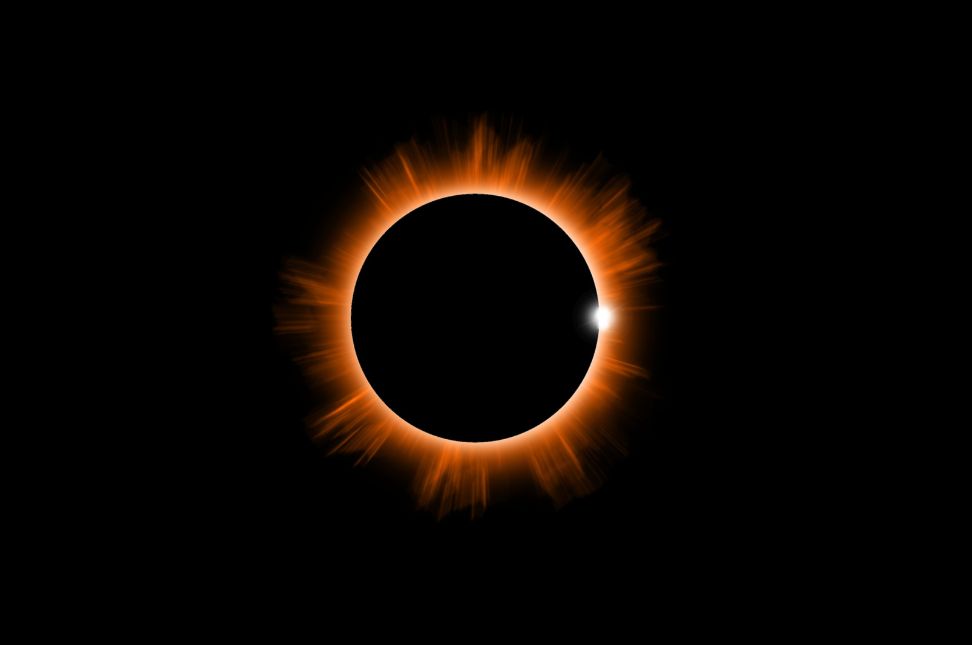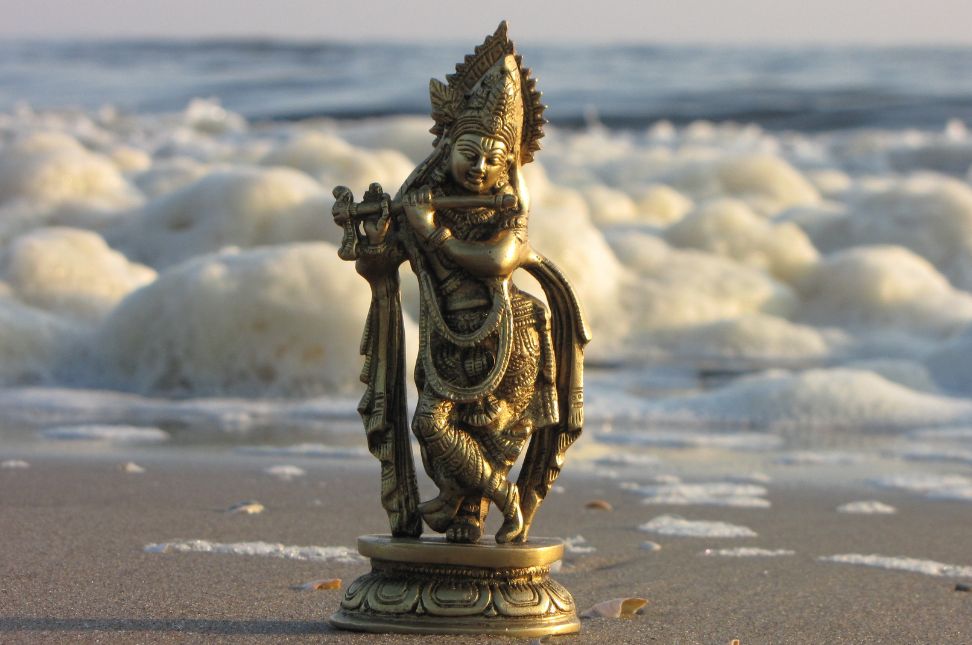Understanding what happens during a solar eclipse captivates the imaginations of many. These celestial events have fascinated humanity for millennia, blending science with a sense of wonder. This article explores the stages, science, and cultural significance of solar eclipses, providing a comprehensive understanding of what unfolds during this astronomical phenomenon.
Introduction to Solar Eclipses
What happens during a solar eclipse is a question that piques curiosity and draws attention to the skies. A solar eclipse occurs when the Moon passes between the Earth and the Sun, casting a shadow on Earth. This event can be observed in various forms, such as partial, total, and annular eclipses, each offering a unique spectacle.
The Mechanics of a Solar Eclipse
To grasp what happens during a solar eclipse, one must first understand the alignment of the celestial bodies involved. The Sun, Moon, and Earth must align perfectly for an eclipse to occur. The Moon’s shadow has two parts: the umbra, where the Sun is completely obscured, and the penumbra, where only a portion of the Sun is covered.
- Partial Solar Eclipse: In this type, only part of the Sun is covered by the Moon. Observers within the penumbra experience this phenomenon.
- Total Solar Eclipse: This occurs when the Moon completely covers the Sun, casting a shadow on Earth. Observers within the umbra experience complete darkness for a brief period.
- Annular Solar Eclipse: This happens when the Moon is too far from Earth to completely cover the Sun. As a result, a ring of the Sun, known as the “ring of fire,” remains visible around the Moon.
Stages of a Solar Eclipse
To fully understand what happens during a solar eclipse, it’s essential to break down the event into its stages:
- First Contact: This marks the beginning of the eclipse. The Moon starts to move in front of the Sun, creating a small indentation on the Sun’s edge.
- Second Contact: The Moon continues to move, gradually covering more of the Sun. This stage leads to the maximum eclipse, where the Sun is either partially or fully covered.
- Totality (or Maximum Eclipse): During a total solar eclipse, this is the period when the Sun is completely obscured by the Moon. The sky darkens, temperatures drop, and stars may become visible. This phase can last from a few seconds to several minutes.
- Third Contact: The Moon begins to move away from the Sun, gradually revealing more of the Sun’s surface.
- Fourth Contact: The eclipse ends as the Moon completely moves away from the Sun, restoring normal daylight.
Observing a Solar Eclipse
Understanding what happens during a solar eclipse also involves knowing how to safely observe this phenomenon. Looking directly at the Sun can cause severe eye damage. Therefore, using proper solar viewing glasses or indirect viewing methods, such as pinhole projectors, is crucial. These tools allow safe observation without risking eye health.
The Science Behind Solar Eclipses
The scientific explanation of what happens during a solar eclipse involves the intricate dance of celestial mechanics. The precise alignment of the Sun, Moon, and Earth occurs because of the Moon’s orbit around Earth, which is tilted relative to the Earth’s orbit around the Sun. This tilt means solar eclipses are relatively rare, occurring about twice a year but visible only within a specific path.
Cultural Significance of Solar Eclipses
Throughout history, what happens during a solar eclipse has held significant cultural importance. Ancient civilizations often viewed eclipses as omens or divine messages. For instance, the Chinese believed that a dragon devoured the Sun during an eclipse, leading to rituals to scare the dragon away. Similarly, the ancient Greeks saw eclipses as a sign of the gods’ displeasure.
In modern times, solar eclipses continue to inspire awe and are celebrated as opportunities for education and public engagement in science. Festivals, viewing parties, and educational programs are common during these events, emphasizing their enduring significance.
The Impact of Solar Eclipses on Science
Solar eclipses have contributed significantly to scientific discoveries. One of the most famous examples is the 1919 solar eclipse, which provided evidence for Einstein’s theory of general relativity. Observations made during the eclipse showed the bending of starlight around the Sun, confirming Einstein’s predictions and revolutionizing our understanding of gravity.
Preparing for the Next Solar Eclipse
For those eager to witness what happens during a solar eclipse, planning is essential. The next solar eclipse visible from your location might be years away, so being prepared ensures you can fully appreciate the event. Research the eclipse path, gather necessary viewing equipment, and join local events or groups to enhance your experience.
Final Thoughts on Solar Eclipses
In conclusion, understanding what happens during a solar eclipse involves a blend of scientific knowledge and cultural appreciation. These celestial events offer a unique glimpse into the mechanics of our solar system, inspiring awe and curiosity. Whether you’re a seasoned astronomer or a casual observer, the magic of a solar eclipse is undeniable.
For those captivated by the mysteries of the cosmos, witnessing what happens during a solar eclipse is an unforgettable experience. Mark your calendars, gather your viewing gear, and prepare to be amazed by one of nature’s most spectacular shows.




